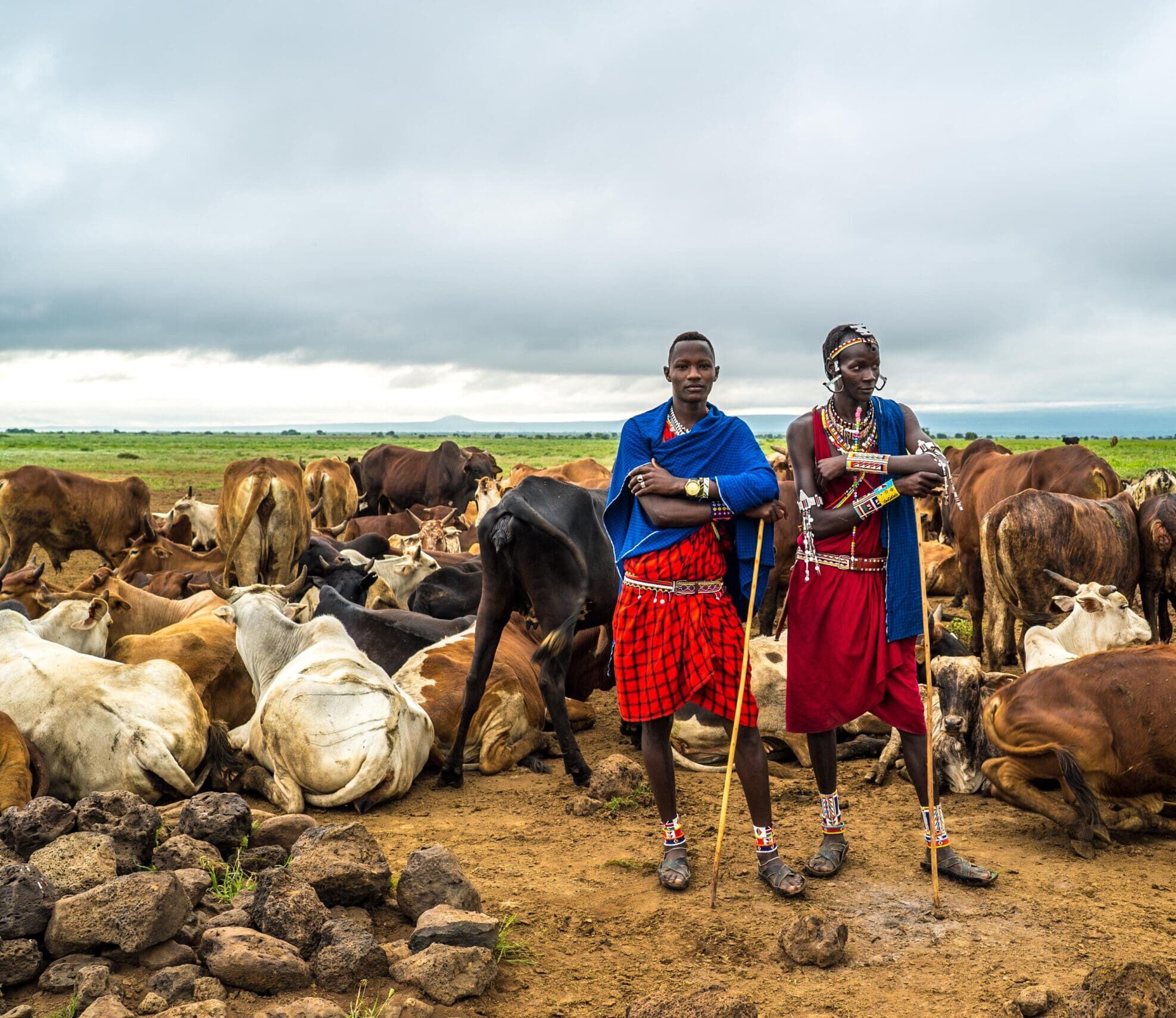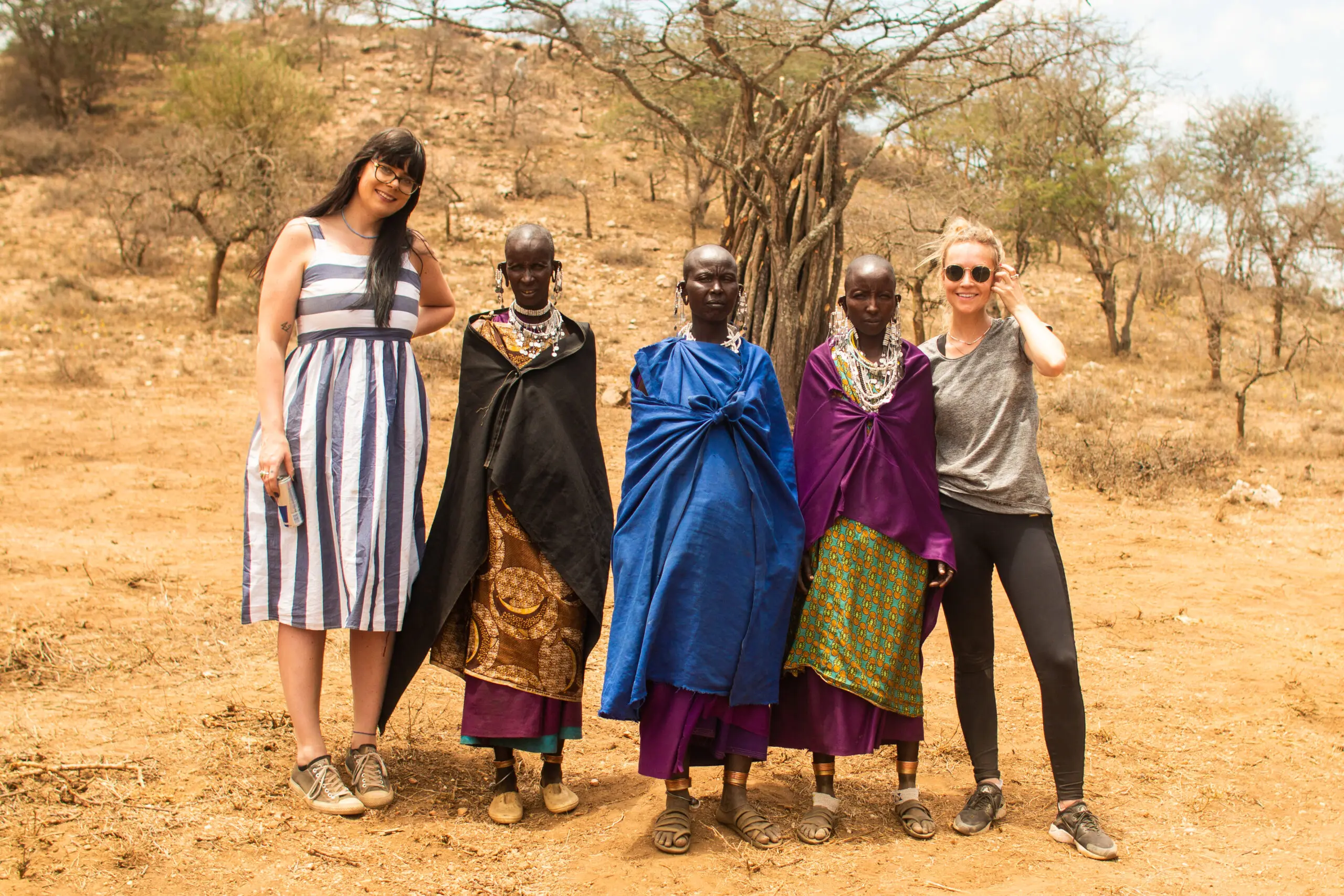Malolotja Nature Reserve
Malolotja is the largest protected area in eSwatini, showcasing the quintessential Swazi landscape: vast panoramas and rolling green hills. The area is also home to a hundred-metre-long waterfall and the historic mining town of Bulembu, which boasts the world’s oldest mine!
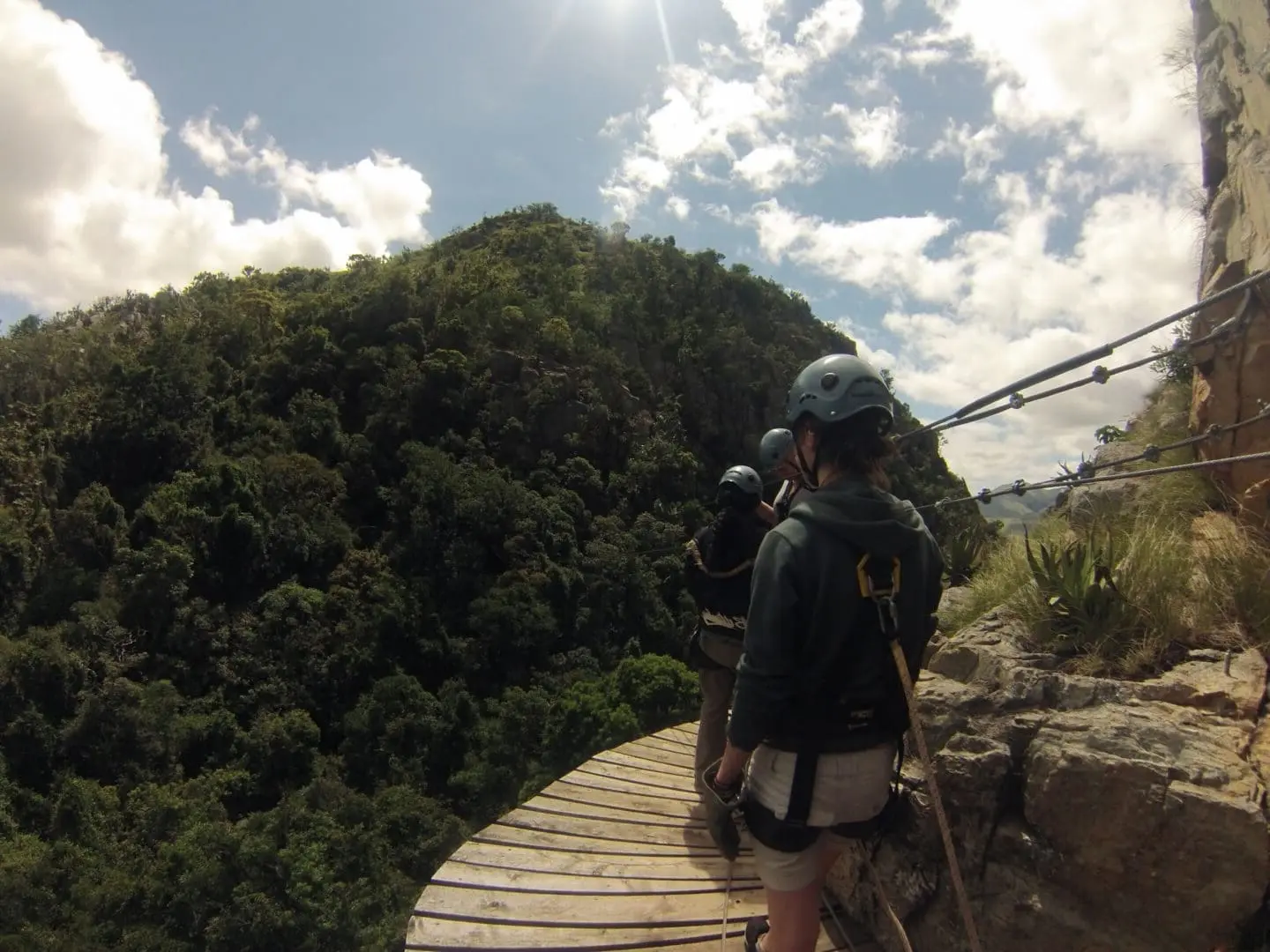
The diverse Malolotja Nature Reserve
Malolotja Nature Reserve is incredibly diverse. Whether you're looking for a challenging hike, a refreshing dip in one of the potholes, or a chance to sleep surrounded by breathtaking nature—or all of the above—this is the place to be. And don’t worry about getting lost or wildlife sneaking into your tent; a professional trail guide will be keeping an eye on everything!
The hiking trails in the 18,000-hectare Malolotja Reserve are perfect for experienced trekkers. The paths wind around the park’s three highest mountains: Mgwayiza, Ngwenya, and Silotfwane. The latter borders South Africa’s Mpumalanga province. Ngwenya Mountain, standing at 1,829 metres, is the second-highest peak in Swaziland. Wondering what adventurous activities you can do here? Scroll all the way down to see Charlie in action on a canopy tour through this rugged landscape!

Phophonyane Waterfall
The Phophonyane Falls are stunning waterfalls, where water cascades down as much as 100 metres over a stretch of three kilometres! The rocks and pools create a magical, almost fairytale-like experience. You’ll find this natural wonder about eight kilometres north of the town of Piggs Peak.
You can explore the area on foot, by mountain bike, or hop into a jeep to take in the breathtaking scenery. Along the way, you’re bound to spot plenty of wildlife—it’s home to hundreds of bird species and small game, including the red duiker, the local Narina trogon, and various bushbucks. But watch out—there are also a fair few snakes lurking around! 😉
Historic mining town Bulembu
The perfect place for an overnight stay during your visit to Malolotja Nature Reserve is the neighbouring village of Bulembu. When the local mine was still in full operation—primarily extracting red and black earth—the village had more than ten thousand residents.
After the mine closed about 20 years ago, the population dwindled, leaving only a handful of inhabitants. That was until the village was revitalised, with small hotels being built. What’s great is that the laid-back, nostalgic atmosphere has remained to this day!
Discover more of eSwatini
Or go through all our unique and authentic experiences
Sibebe Rock
Take on challenging hikes or enjoy a relaxed walk around this giant granite dome while soaking in the wide-open views.

Taste of eSwatini
With Sipho, you’ll experience eSwatini the way it’s meant to be.
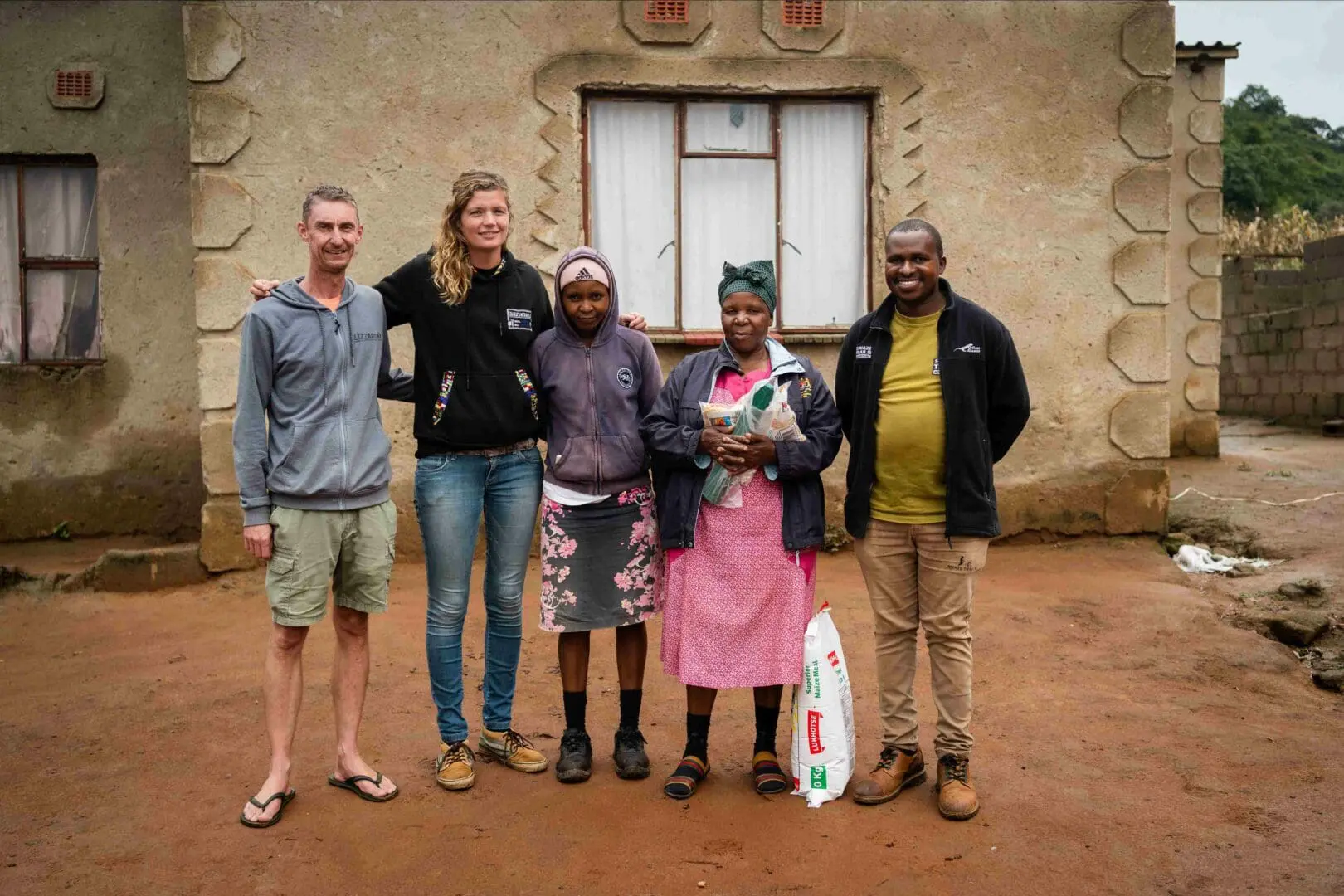
Discovering untouched eSwatini
Enjoy sweeping vistas, rolling green hills, and a hundred-meter waterfall.
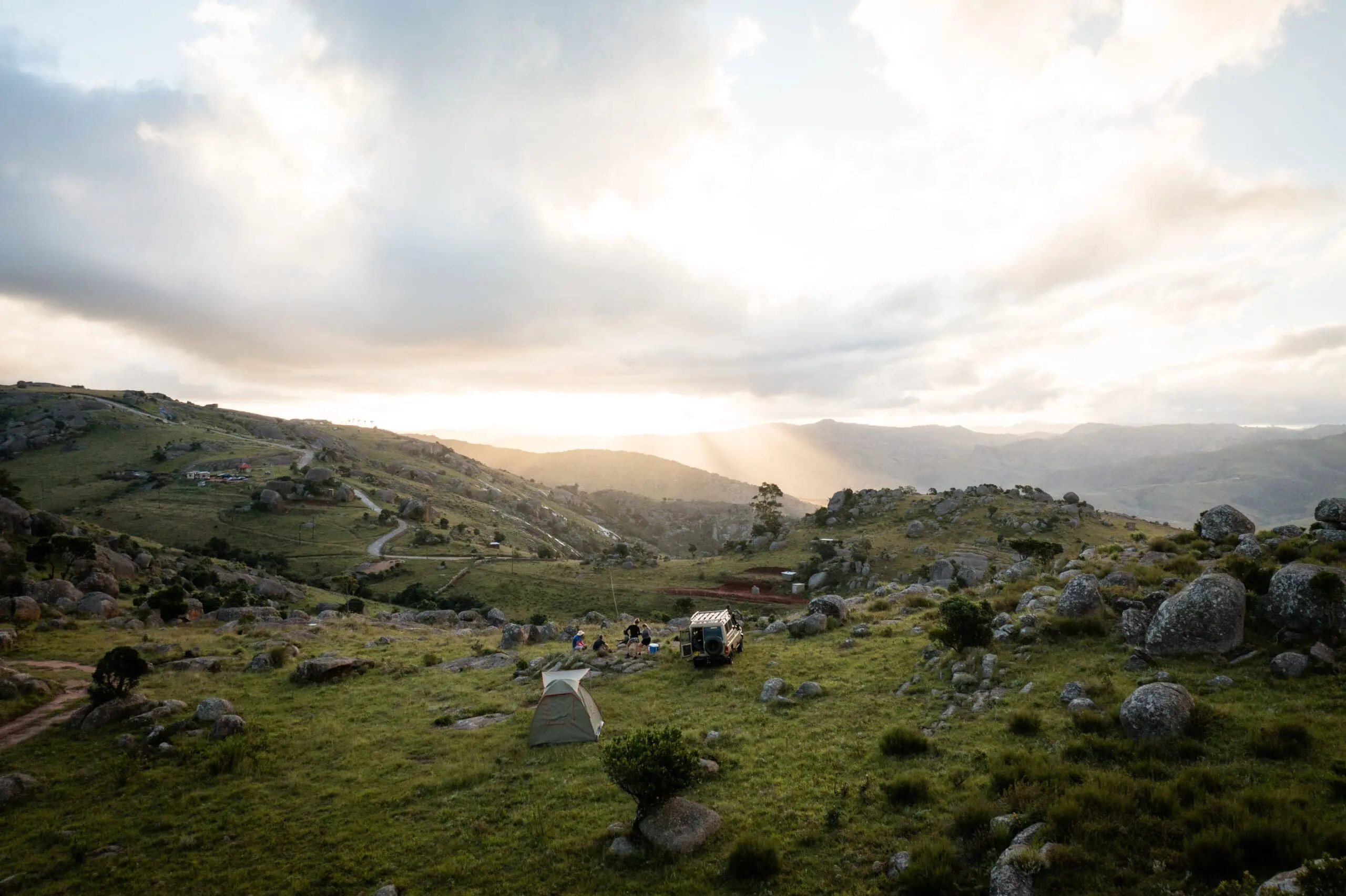

Need travel advice? Ask our Africa experts
Hungry for the unknown? Our Africa experts have answers to your pressing questions.
